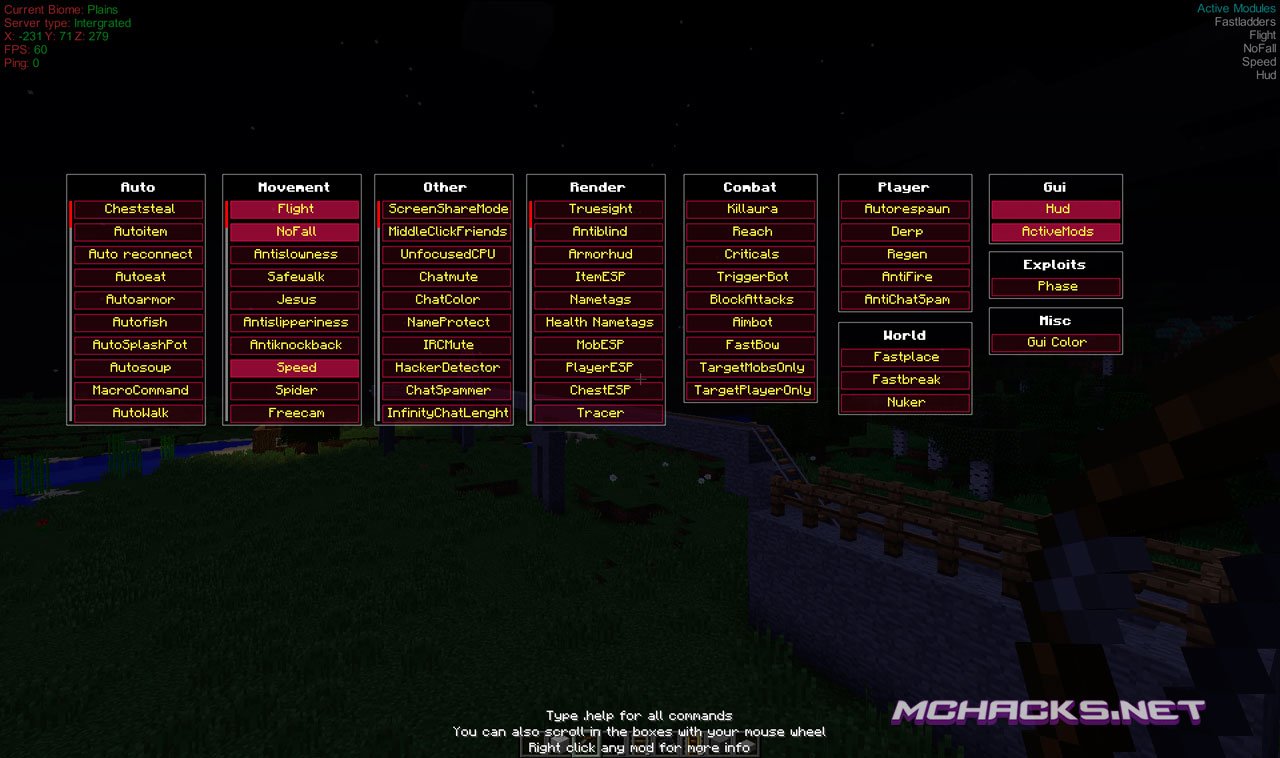

The use of DCII is most prevalent in North American digital cable television set top boxes. Approximately 70% of newer first-generation digital cable networks in North America use the 4DTV/DigiCipher 2 format. DigiCipher 2 also relies on the fact that its signals must be understood in terms of a virtual channel number in addition to the DCII signal’s downlink frequency, whereas DVB signals have no virtual channel number. The primary difference between DigiCipher 2 and DVB lies in how each standard handles SI, or System Information. The DCII standard predates wide acceptance of DVB-based digital terrestrial television compression (although not cable or satellite DVB) and therefore is incompatible with the DVB standard. The original attempt for a North American digital signal encryption and compression standard was DigiCipher 1, which was used most notably in the now-defunct PrimeStar medium-power direct broadcast satellite (DBS) system during the early 1990s. The DCII standard was originally developed in 1997 by General Instrument, which is now the Home and Network Mobility division of Motorola.

The hacker described a flawed design that can be used to gain access to the encryption keys and ultimately decrypt the transmitted content.

On March 10, 2010, the hacker called Colibri published after previous work done in 2005 a cryptanalysis of a PowerVU system implementation.
#Hack digicipher 2 professional
Most PowerVu users are professional cable or satellite companies, using the service and equipment for signal redistribution, because regular users cannot afford it. PowerVu is considered highly secure since it uses a complicated system to authorize each PowerVu receiver and trace its history of ownership and usage. These decoders can also be used just like the FTA (Free-To-Air) satellite receivers if properly configured. PowerVu has decoders that decode signals from certain satellites for cable distribution services. PowerVu is also used by cable companies to prevent viewing by unauthorized viewers. It is used for professional broadcasting, notably by Retevision, Bloomberg Television, Discovery Channel, AFRTS, and American Forces Network. PowerVu is a conditional access system for digital television developed by Scientific Atlanta. Unencrypted satellite feeds allowed anyone with the correct equipment to view the program material. Prior to its development, “ad-hoc” or “Occasional Use” satellite news feeds were transmitted either using proprietary encryption methods (PowerVu) or without any encryption. īasic Interoperable Scrambling System, usually known as BISS, is a satellite signal scrambling system developed by the European Broadcasting Union and a consortium of hardware manufacturers.DBS transmissions use various methods to secure the data transfer: DBS is used by vendors such as DISH and DirecTV. Direct broadcast satellites (DBS) is common to consumers. Only one transmission either from the ground station to the satellite or from the satellite to the ground station can occur at a time. Many commercial satellites use baseband signals, a method that allows for only one car on the road at a time so to speak. There are several methods for communicating with satellites.


 0 kommentar(er)
0 kommentar(er)
